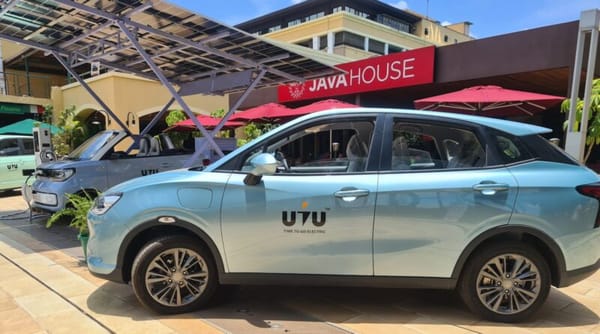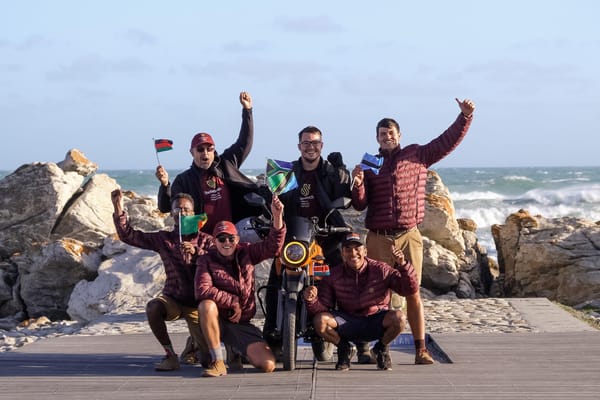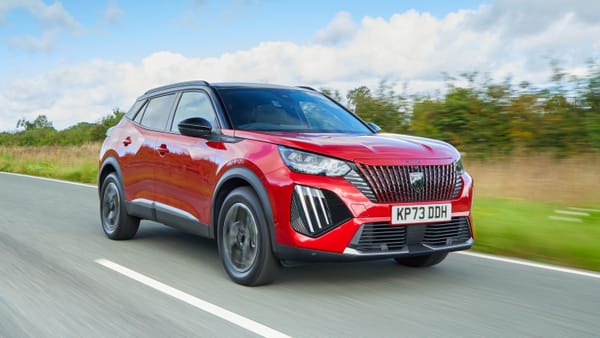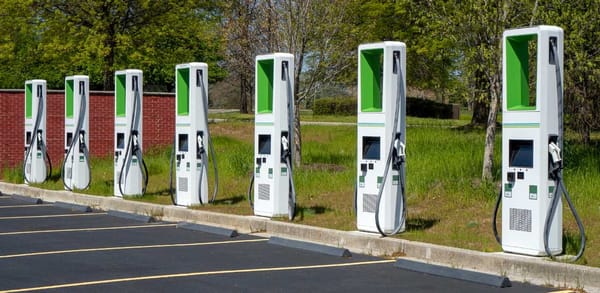Nairobi BRT System Reserved for Electric Buses.
The government has made changes in the rollout of the Bus Rapid Transit (BRT) system will transform the transport sector within Nairobi and its environs. Housing and Urban Development Principal Secretary Charles Hinga revealed that the BRT system is set aside for electric buses.
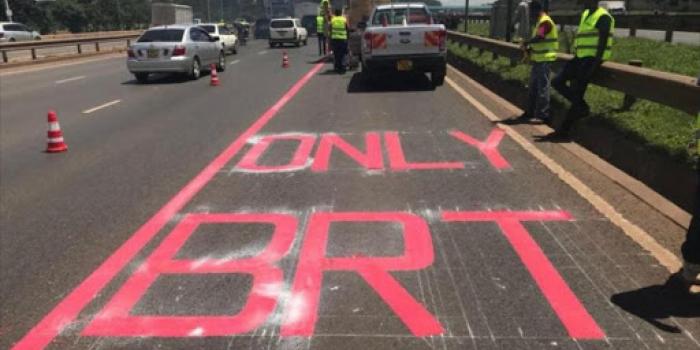
The government has made changes in the rollout of the Bus Rapid Transit (BRT) system will transform the transport sector within Nairobi and its environs. Housing and Urban Development Principal Secretary Charles Hinga revealed that the BRT system is set aside for electric buses. He added that electric buses are a cheaper alternative and would ultimately reduce the country's carbon footprint. He noted that the project was making remarkable progress.
The stations have been designed in such a way that entry and exit from the stations are through the footbridge, which means passengers will not have to worry about crossing lanes. The plan also leaves little room for commuters to slip or sneak through motorways. The PS said the stations have taken care of everyone. There is a ramp to get to the top of the footbridge and a special lift to take wheelchairs down or up the station. In other words, there is universal access.
The stations have been designed in such a way that entry and exit from the stations are through the footbridge, which means passengers will not have to worry about crossing lanes. The plan also leaves little room for commuters to slip or sneak through motorways. He also confirmed that the BRT system will be operated by the private sector, not the government. It is however still not clear who will own the buses. The BRT concept, which aims to decongest the city and reduce travel time, is being supervised by Nairobi Metropolitan Area Transport Authority (NaMATA).
We are making good progress. The fabrication of stations is ongoing, and park and ride facilities, bus depots, a command center are all under construction. "The electric buses will be procured via public-private partnership (PPP)," he affirmed. Further, he pointed out that the BRT stations would be linked to footbridges to enable ease of access for passengers. Hinga added that the stations have taken care of everyone. There is a ramp to get to the top of the footbridge and a special lift to take wheelchairs down or up the station. In other words, there is universal access.
According to the PS, the project will allow motorists to leave their vehicles at a parking lot in Kasarani and take the BRT buses to their intended destination. A schedule has been set aside for the BRT system. This will see the electric buses ply five routes in order to transport commuters from the CBD to various estates once the project is completed. The routes include the Ndovu line, Simba Line, Chui line, Kifaru line, and Nyati line.
The BRT system is part of the government's plans to ease traffic flow within the CBD. Other plans involve the construction of matatu termini to enable Public Service Vehicles (PSVs) to pick up and drop off passengers outside the CBD. These termini include Green park, Desai Park, Fig Tree at Ngara, Park road, Muthurwa, Workshop road, and Bunyala road.
Bus schedule
NaMATA's five routes will cover the CBD, Kenya's financial hub of Upperhill, and straight into various estates.
Ndovu line will open at 6 am from Kangemi, and run through Westlands (6.15 am), the town center (6.30 am) onwards from Nairobi West (6.45 am), NextGen Mall (7 am), and end its first journey at 7.15 am.
A similar schedule is planned for a second BRT bus running in the opposite direction from Imara Daima (6 am), arriving at Kangemi at 7.15 am.
Ndovu line also has a second trip planned for the same route starting at Kangemi and Imara Daima at 7 am through the same route until 8.30 am.
For the morning trip, the Simba line runs from Bomas of Kenya through Blue Sky/T-Mall and on to the Nairobi CBD, then through Thika road on its way to Ruiru township.
Chui line has been reserved for the Njiru-Showground route connecting the two nodes via the Nairobi CBD while the Kifaru line is dedicated to the Mama Lucy-Dohnhom-CBD-T-Mall-Bomas-Karen-Kikuyu route, while the Nyati line links Ridgeways (Kiambu road), Balozi (Allsops) to Imara Daima estate.
The BRT is to be complemented by the commuter rail network that will expand to include Limuru, Ngong, Ruai, Kenol-Murang'a, JKIA, and Konza, and the newly introduced Athi River and JKIA nodes, in addition to the existing ones in Kiambu Town, Ruiru, and Syokimau.
The five BRT and seven commuter rail corridors have been gazetted, with infrastructure being developed across Nairobi to accommodate buses and new trains acquired to help 'move' Nairobi.
This is part of an integrated public transport service linked to the Nairobi Commuter Rail Network (NCRN) that has commuter stations in Kikuyu, Embakasi Village, Pipeline, Donholm, Dandora, Kahawa, Ruiru, Athi River, Githurai, and Mwiki.
According to the NaMATA, traffic gridlocks cost the capital's economy almost Sh110 billion ($1 billion) a year in lost productivity.
Ref:
i) Brian Kimani (2021) Nairobi BRT System Reserved for Electric Buses Only - Govt Clarifies.
ii) Hillary Kimuyu (2021) Kenya: Nairobi BRT Lane is for Electric Buses Only, Says PS Hinga.

